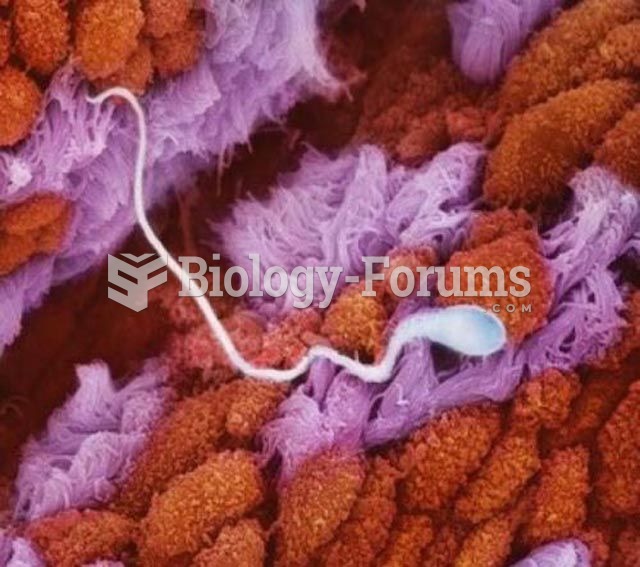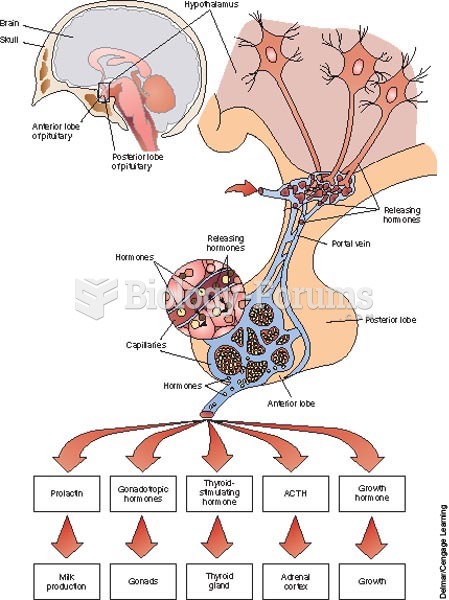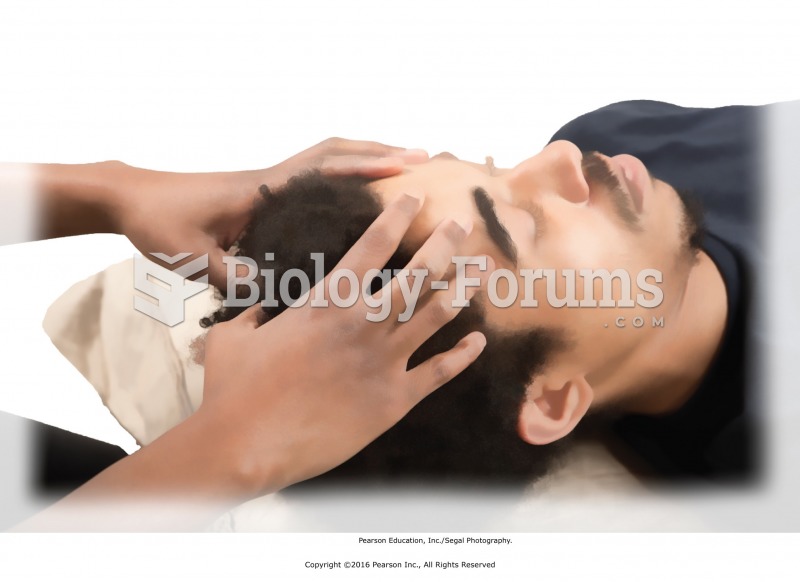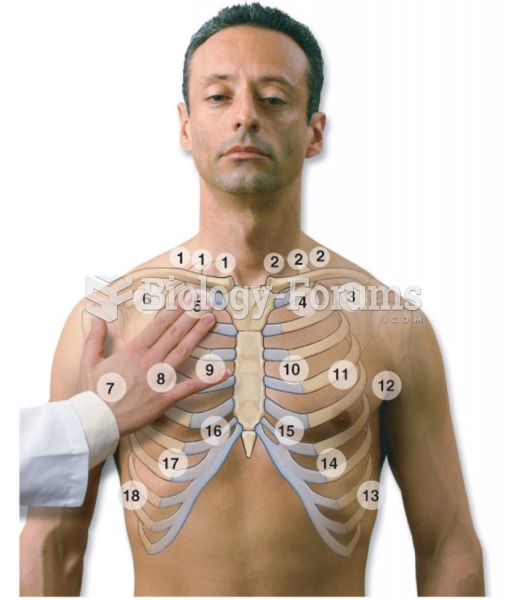|
|
|
Approximately 500,000 babies are born each year in the United States to teenage mothers.
According to the American College of Allergy, Asthma & Immunology, more than 50 million Americans have some kind of food allergy. Food allergies affect between 4 and 6% of children, and 4% of adults, according to the CDC. The most common food allergies include shellfish, peanuts, walnuts, fish, eggs, milk, and soy.
Drying your hands with a paper towel will reduce the bacterial count on your hands by 45–60%.
The heart is located in the center of the chest, with part of it tipped slightly so that it taps against the left side of the chest.
About 3% of all pregnant women will give birth to twins, which is an increase in rate of nearly 60% since the early 1980s.
 The underside of a male (top) and a female (bottom) individual of Pachygrapsus marmoratus, showing t
The underside of a male (top) and a female (bottom) individual of Pachygrapsus marmoratus, showing t
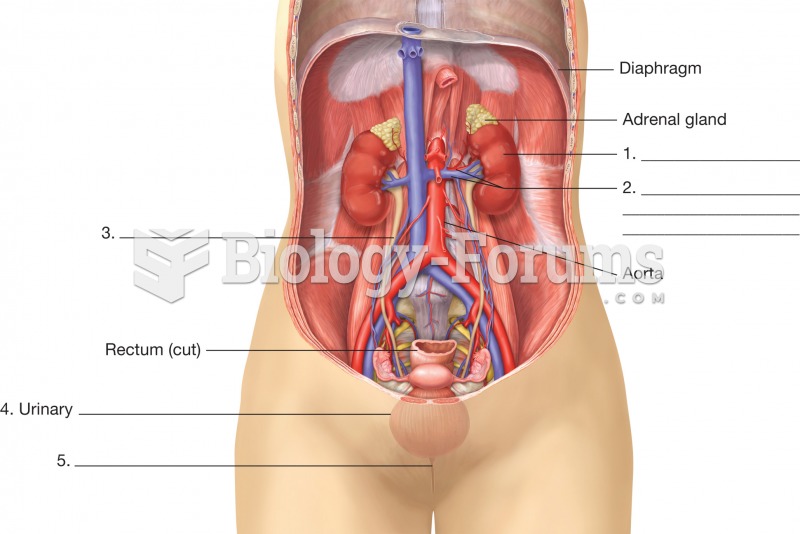 Organs of the urinary system. This illustration is an anterior view of a female with the abdominal w
Organs of the urinary system. This illustration is an anterior view of a female with the abdominal w


